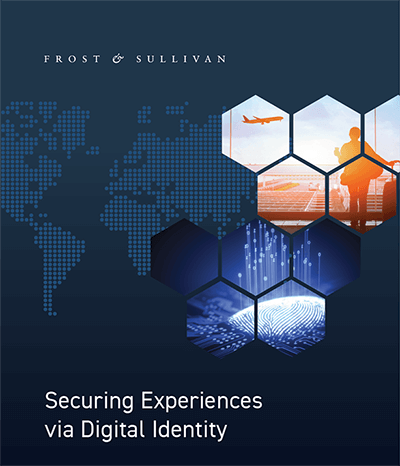
Securing Experiences via Digital Identity
The proliferation of technology has transformed physical spaces as the Internet of Things (IoT) makes the world increasingly connected. Technology convergence is integrating the cyber and physical spaces, achieving efficiency levels not previously possible. However, this convergence presents new challenges. The physical space is where people and ubiquitous objects reside whereas the cyber space is virtual. Putting the two together brings about cyber threats that can potentially lead to physical harm.
The threat creates a greater need to secure public places and critical infrastructure because they are often the choice for physical attacks despite heightened security measures. The conventional method in guarding these places has been to restrict access and monitoring of premises with solutions that require a key, identification card or a password. However, physical solutions will not be the best measure in guarding against unauthorised access in integrated cyber-physical attacks. The absence of air-gaps in operating systems have made it possible for cyber attackers to infiltrate internal controls with malware that cripple operating systems without the need to physically enter restricted premises. There is a need to strengthen the resilience of control systems by safeguarding both cyber and physical spaces effectively with authentication at both domains.